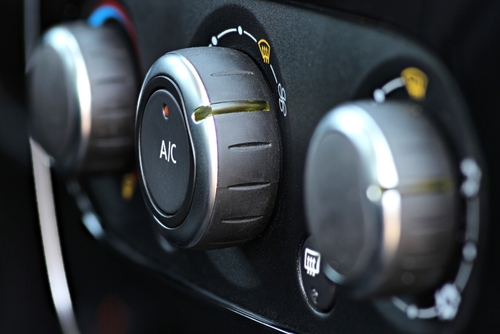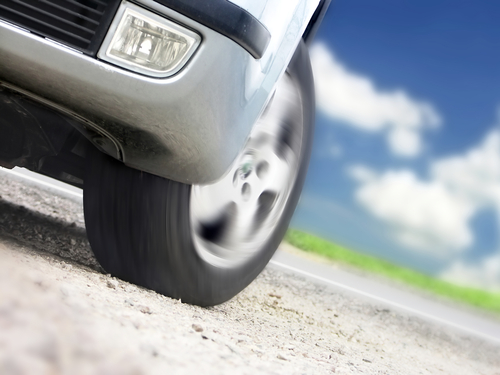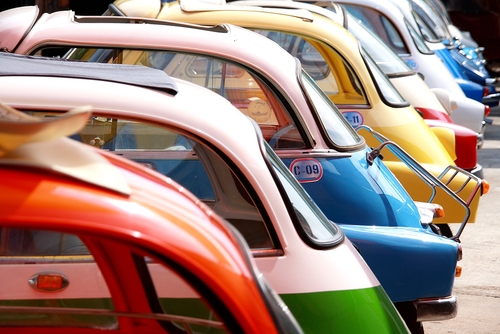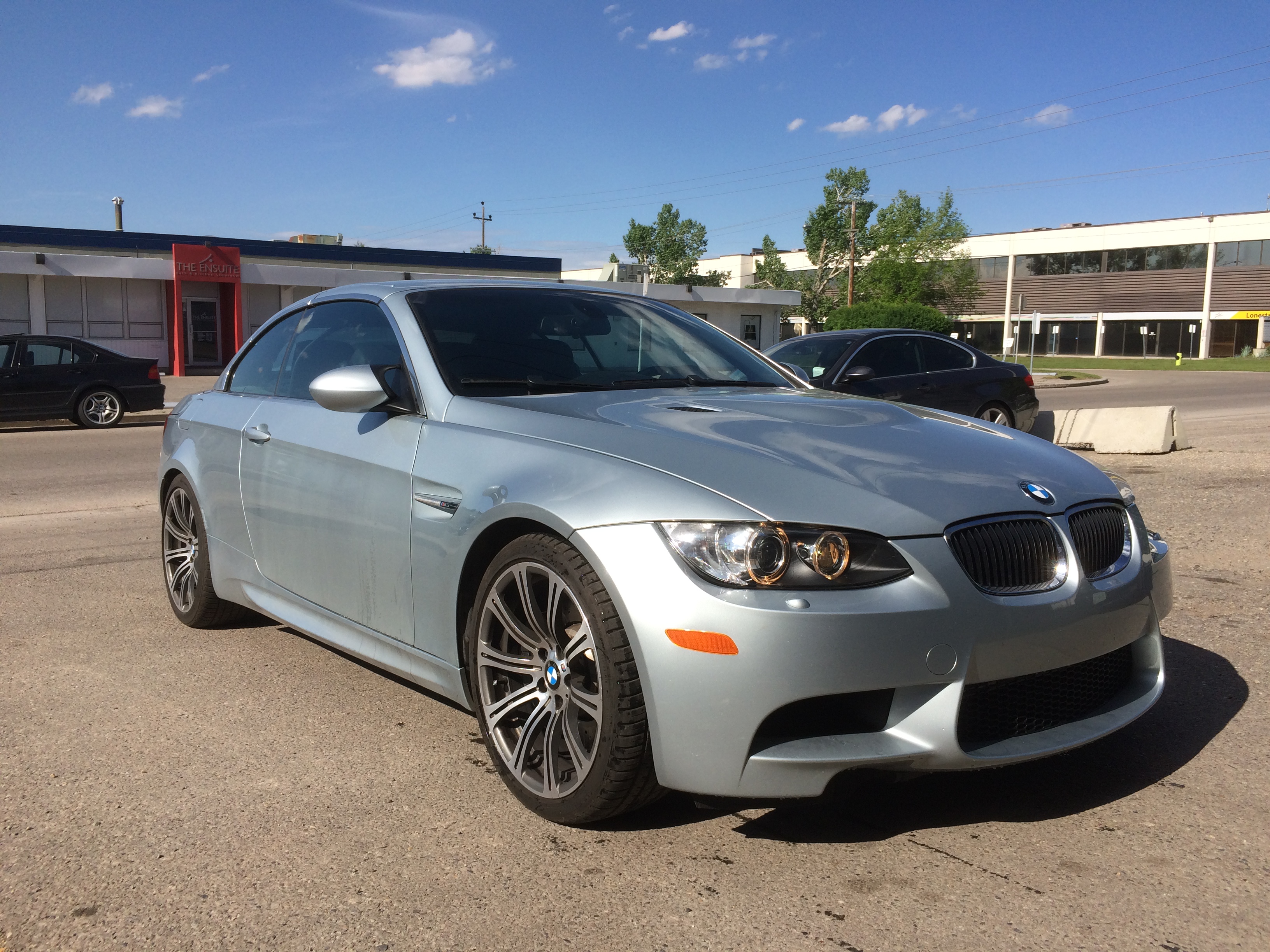A cool interior is important for a comfortable summer drive, but don’t forget about your engine! In the coming months, your BMW’s cooling system will be working much harder than during other seasons. Let’s run through a few recommendations on how to keep it working properly.
Understanding the System
In order to maintain longevity and remain efficient, your engine needs to stay cool and stable. For this, it depends heavily on its cooling system. The water pump and drive belt work to send coolant fluid through channels in the engine block and cylinder head, collecting heat and ultimately ending up at the radiator. After incoming airflow cools the hot fluid, it circulates again through the cooling channels in a continuous cycle. The system involves a number of moving parts, fluids, and tubes, and keeping these elements in good working order is one of the key ingredients to a robust and long-lasting engine.
Knowing the Signs
Be sure to follow the recommendations in your owner’s manual or a BMW technician if you want to know optimal fluid levels, coolant-to-water ratios, and intervals for refills and flushes. These often depend on the vehicle as well as the season. Keep an eye on your temperature gauge and be aware of any unusual smells or hissing sounds. Perform a basic visual inspection of the system once every so often. If you spot any leaks in the radiator or damage to belts or hoses, a repair by a local BMW technician is needed. Regardless of what you’re inspecting, always allow plenty of time for your vehicle to cool down before taking a look or refilling!
Taking It In
An out-of-shape cooling system is one of the most common and preventable causes of breakdowns, particularly during summer. Few things can make a dent in a great summer day than being stuck on the side of the road! Knowing when to take your BMW in to have the cooling system checked will ensure that you can enjoy even the warmest of days without smoky, overheated mishaps. It will also avoid accumulative engine wear that can lead to costly repairs later on. Always be attentive and trust in the right team of technicians!
How is the condition of your cooling system? If you’ve noticed any of the warning signs above or are experiencing anything else out of the ordinary, give Motorwerkes at call at (403) 768-3161 today. Calgary’s best team of BMW experts is here for you!




